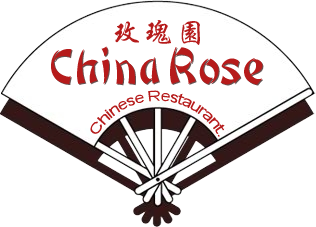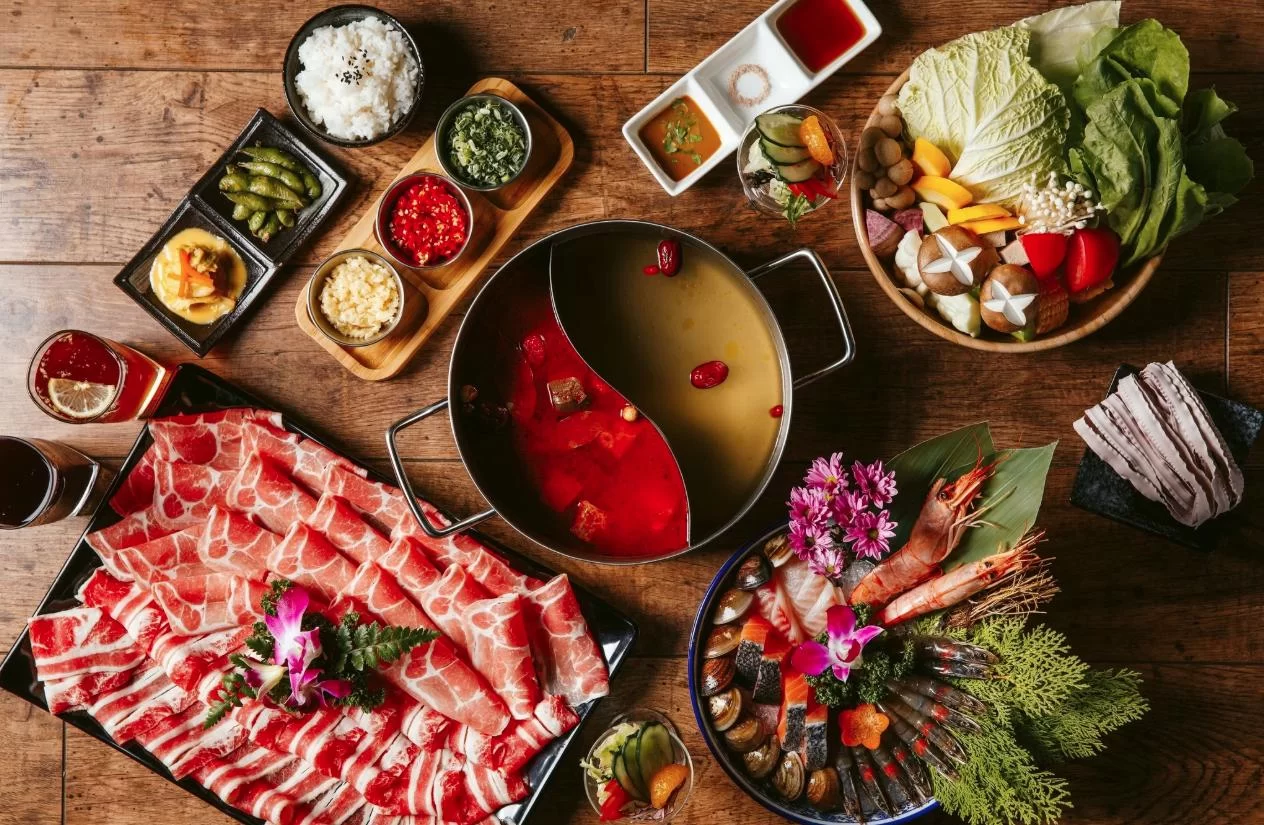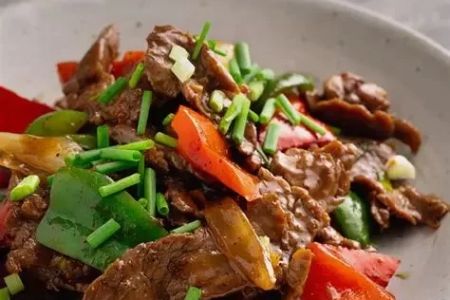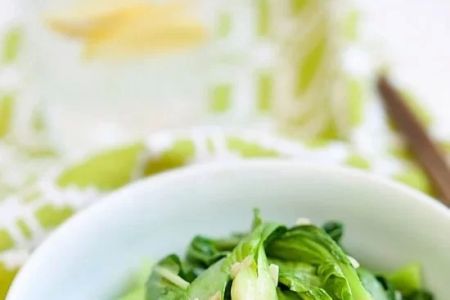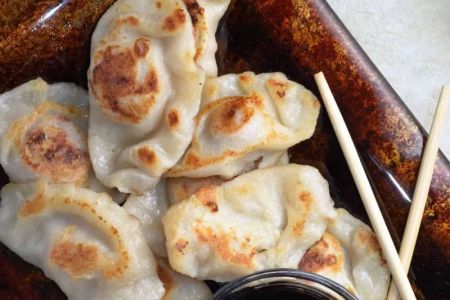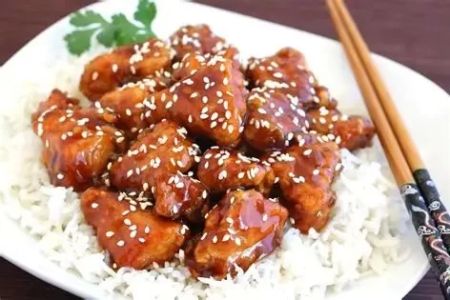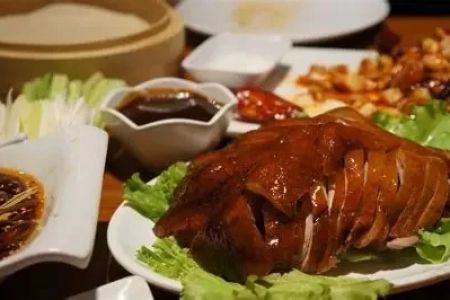- 1 - Cultural Origins of Authentic vs. American Chinese Food
- 2 - Ingredients and Flavor Profiles That Set Them Apart
- 3 - Popular Dishes in Authentic Chinese and American Chinese Menus
- 4 - Cooking Methods and Techniques in Both Cuisines
- 5 - Dining Experiences: From Family Tables to Takeout Boxes
- 6 - Modern Trends Blending Authentic and American Chinese Food
1. Cultural Origins of Authentic vs. American Chinese Food
The roots of authentic Chinese food trace back thousands of years, shaped by dynasties, regions, and deeply held traditions. In contrast, American Chinese food evolved as immigrants adapted recipes to local tastes and available ingredients. Dishes were often simplified or sweetened to appeal to American palates, giving rise to a new cuisine that is familiar yet distinct. Understanding these cultural origins is essential to appreciating both culinary traditions.
2. Ingredients and Flavor Profiles That Set Them Apart
Authentic Chinese cuisine uses regional staples like Sichuan peppercorns, fermented black beans, and fresh seasonal vegetables. Its flavors emphasize balance—salty, sour, bitter, sweet, and umami. On the other hand, American Chinese food leans heavily on sugar, soy sauce, and deep-fried textures. General Tso’s chicken and sweet-and-sour pork highlight this shift toward sweetness, while authentic dishes like mapo tofu carry complex layers of spice and savory depth.
3. Popular Dishes in Authentic Chinese and American Chinese Menus
In authentic Chinese restaurants, you’ll find dishes like Peking duck, hotpot, or dumplings crafted with meticulous attention to detail. Regional specialties from provinces like Sichuan, Canton, or Hunan each bring unique flavors. Meanwhile, American Chinese food offers creations like chop suey and fortune cookies—items rarely found in China. These dishes tell the story of adaptation, showcasing how food evolves in new cultural landscapes.
4. Cooking Methods and Techniques in Both Cuisines
Stir-frying, steaming, and braising dominate authentic Chinese cooking, with techniques designed to preserve nutrition and highlight natural flavors. Chefs carefully balance wok hei—the “breath of the wok”—to infuse smokiness. American Chinese cuisine often emphasizes deep-frying and thick sauces, prioritizing bold flavors and quick preparation. This difference not only changes taste but also shifts the nutritional value of meals, making each cuisine suitable for different dining occasions.
5. Dining Experiences: From Family Tables to Takeout Boxes
Eating authentic Chinese food often means sharing multiple dishes around a family-style table, reflecting a culture that values communal dining. Meals are social rituals, where variety and harmony are celebrated. By contrast, American Chinese food is often packaged for individual consumption, aligning with fast-paced lifestyles. Takeout boxes and delivery services have become symbols of convenience, especially in late-night dining scenarios.
6. Modern Trends Blending Authentic and American Chinese Food
Today, many chefs are blending the best of both worlds. Some restaurants reintroduce authentic flavors into American Chinese staples, offering healthier, spicier, and more balanced versions. Others proudly highlight their traditional roots, drawing food lovers eager for authenticity. For those who want to explore further, Chinese Food provides curated recommendations to discover both authentic and fusion dishes that cater to every craving.
